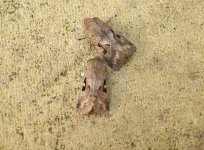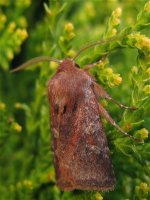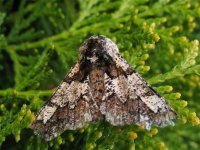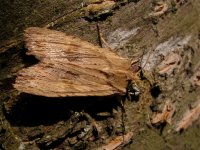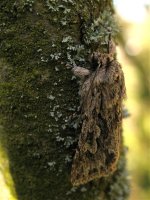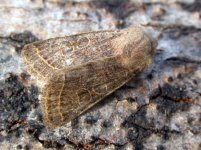Bennyboymothman
Well-known member
Hi Sourton
That is a Clouded Drab, one of many forms.
Last night's catch consisted of
# 3x Common Quaker
# 4x Hebrew Character
# 2x Agonopterix heracliana
# 1x Red Chestnut [NFG]
# 1x Emmelina monodactyla
# 3x Early Grey
# 2x Small Quaker
# 5x Clouded Drab
the nice surprise was an Aberration of a Hebrew Character which was stunning.
That is a Clouded Drab, one of many forms.
Last night's catch consisted of
# 3x Common Quaker
# 4x Hebrew Character
# 2x Agonopterix heracliana
# 1x Red Chestnut [NFG]
# 1x Emmelina monodactyla
# 3x Early Grey
# 2x Small Quaker
# 5x Clouded Drab
the nice surprise was an Aberration of a Hebrew Character which was stunning.




